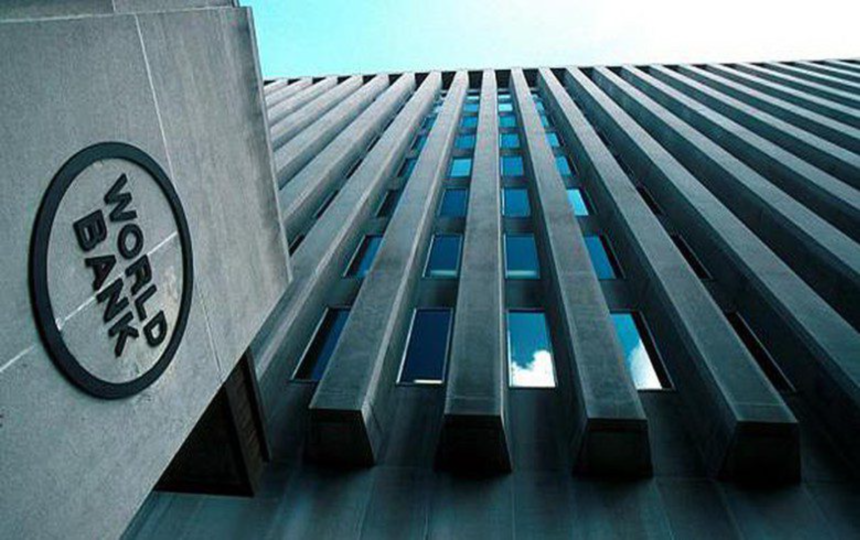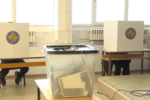The World Bank reported that air pollution takes the lives of approximately 5.7 million people annually, with 95% of these deaths occurring in low and middle-income countries.
According to the World Bank, the number of people exposed to dangerous levels of air pollution could be halved by 2040 through targeted policy actions.
The study estimates that outdoor air pollution causes around 5.7 million deaths each year, with 95% of those deaths occurring in low and middle-income countries, contributing to a loss equivalent to nearly 5% of global GDP due to health impacts, lost productivity, and reduced life expectancy.
The report, “Accelerating Access to Clean Air for a Livable Planet,” emphasizes that policy changes could help reduce the number of people exposed to high levels of PM2.5 (fine particles with a diameter of 2.5 micrometers or less). Globally, the majority of outdoor air pollution comes from human activities, meaning that changes in policies across sectors causing air pollution, including agriculture, urban development, transport, industry, and household cooking and heating, could help reduce harmful particles in the air. In some regions, desert dust contributes as a significant source of fine particles.
“Improving air quality is an urgent health and economic imperative,” said Axel van Trotsenburg, World Bank’s Managing Director of Operations. “The good news is that solutions are available. By focusing on sectors that generate the greatest impact and leveraging strong leadership, data, and finance, we can ensure cleaner and healthier air for our lifetime.”
Policies that achieve multiple goals — such as supporting energy independence or reducing emissions, along with measures to reduce air pollution — could be an effective and cost-efficient approach to this issue. The estimated economic benefits of integrated pollution management policies could reach up to $2.4 trillion by 2040. Furthermore, cooperation in air spaces (large cross-border zones where polluted air travels) is essential to address the issue effectively.
The report outlines three priorities that policymakers can adopt to ensure clean air: strengthening governance, improving the availability of air quality data, and complementing public resources with private investment.







